Top 9 Best Open Source AI Chatbots in 2024
Category: AI Tools

12 mins read
Open source chatbots can understand and interpret user input and learn from user interactions, adjusting their responses based on patterns and feedback. They are revolutionizing the way businesses and organizations interact with customers. With so many options to choose from, finding the right chatbot can be overwhelming. How do you know which one will truly meet your needs and integrate well with your existing systems? In this article, we'll explore 9 of the most popular open source AI chatbots for you to choose from.
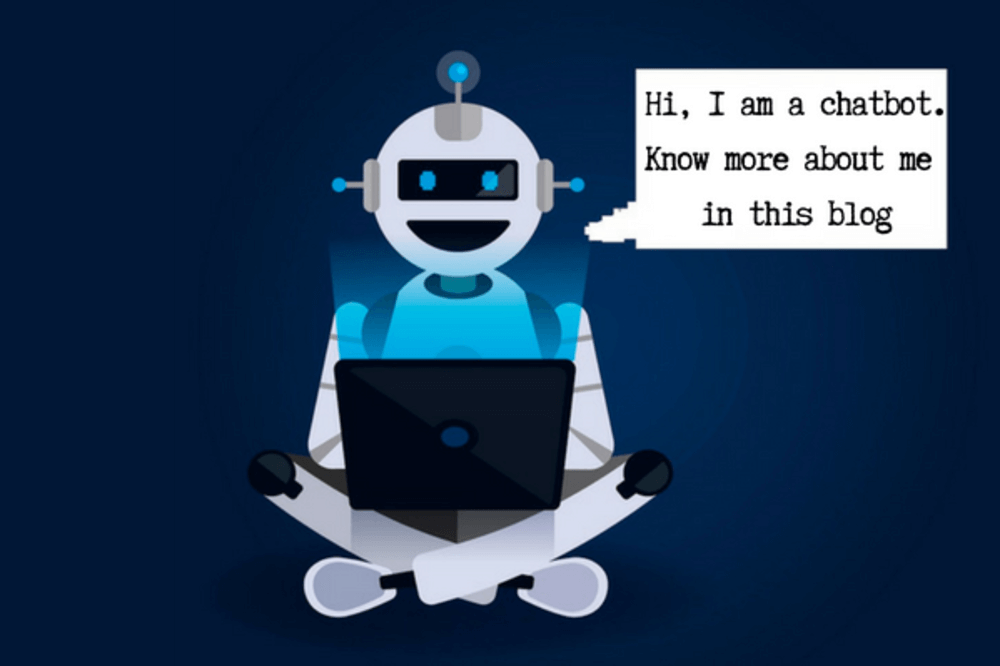
In this article:
- Part 1. What Is an Open Source AI Chatbot?
- Part 2. 9 Best Open Source AI Chatbots Recommended
- 1. ChatArt
- 2. Anthropic Open Source Chatbot
- 3. Rasa Open Source
- 4. Botpress
- 5. Dialogflow
- 6. Watson Assistant by IBM
- 7. OpenAI GPT-3
- 8. Transformers Open Source Chatbot
- 9. BERT Open Source Chatbot
- Part 3. FAQs about Open Source AI Chatbot
Part 1. What Is an Open Source AI Chatbot?
An open-source chatbot is a messaging application powered by AI technology that simulates conversations between humans. Open source AI chatbots are typically built using programming languages such as Python, Java, or JavaScript. Open source means that the original code of the software is available to the public and can be freely viewed, modified, and distributed. Open source software enables developers to create higher quality software through sharing.
Now, let’s take a look at 9 of the best open source chatbots of 2024!
Part 2. 9 Best Open Source AI Chatbots
1 ChatArt
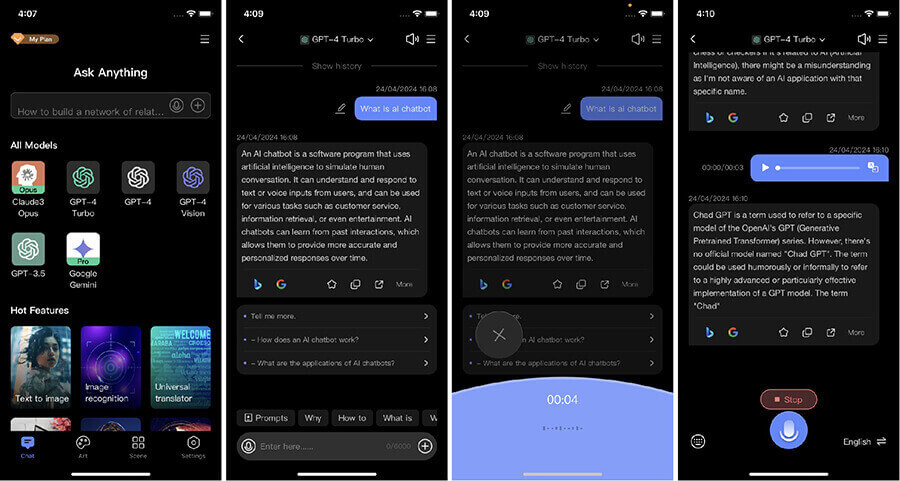
ChatArt is one of the best open source chatbot platforms in 2024. It is powered by open source ChatGPT technology and other state-of-the-art language models such as GPT-4 Turbo, Google Gemini, etc. You can talk to ChatArt via text or voice to get instant answers. In addition, it can generate a variety of texts, including SEO articles, creative content, novels, poems, etc. In addition, it can generate a variety of images, including posters, icons, etc.
Key Features of ChatArt:
- Powered by the most advanced AI models so that you get the most accurate answers.
- Supports voice input to make the interaction feel more natural and humane.
- Allows easy saving and sharing of content for later access or distribution.
- Provides multiple specialized creative writing modules, allowing you to generate a variety of copywriting in one click.
- Generates various content including chat scripts, FAQs, marketing copy, poetry, and more.
- Supports multiple languages, allowing for a wider user base.
ChatArt is available on Android, iOS, Windows, Mac, and web. You can now click the button below to try it for free!
2 Anthropic Open Source Chatbot
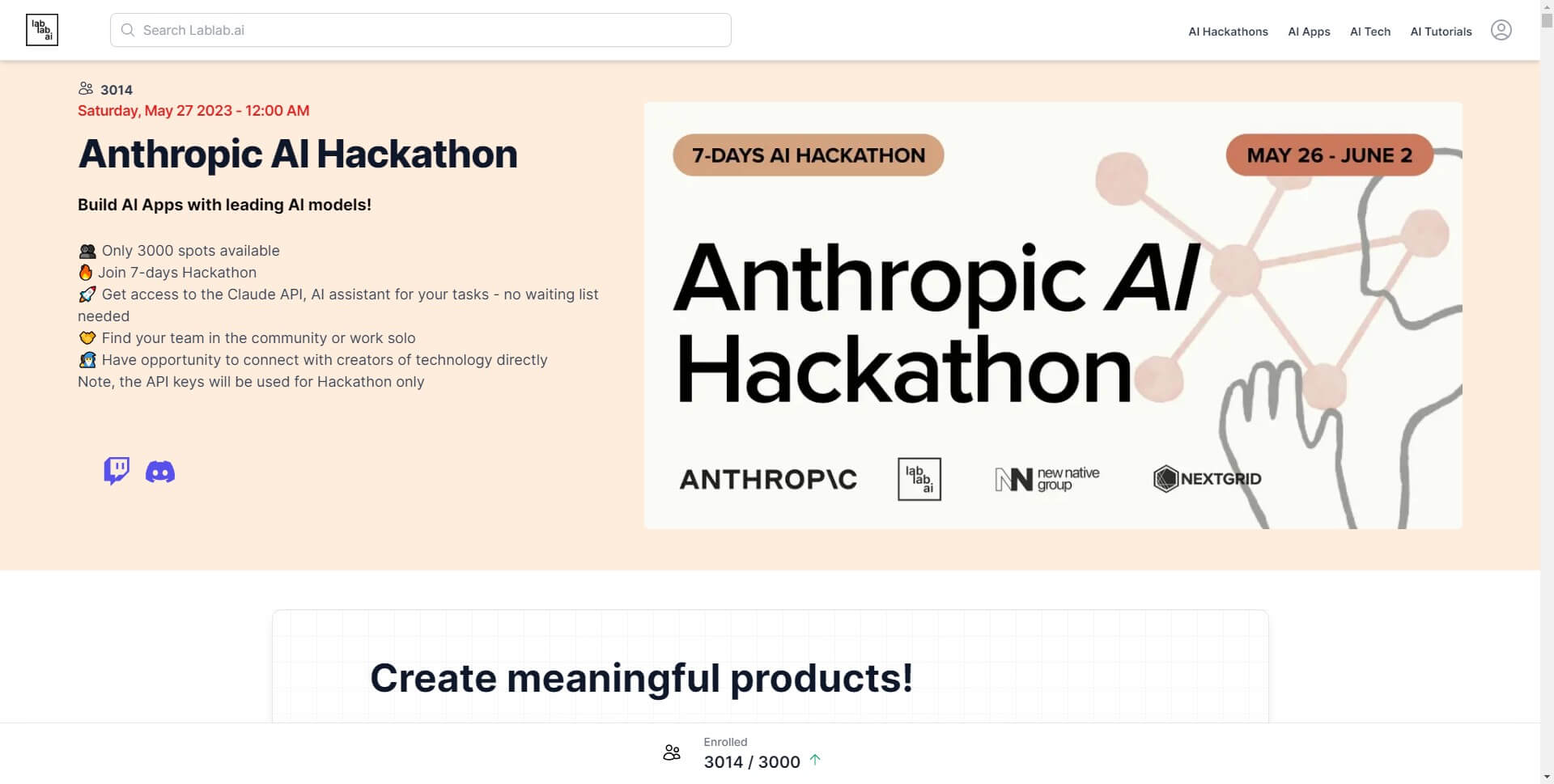
Anthropic is an AI safety startup that offers an open source AI chatbot called Claude. Claude can conduct natural conversations, answer people's questions, and provide helpful information to users.
Some of the key features of Claude include:
- Natural language conversations: Claude can understand and respond to most sentences and questions in English.
- Helpful and harmless: Claude aims to be transparent, honorable and beneficial in all of its conversations and responses.
- Open access: Everything from Claude's training data and model to its code is available for free public access and use.
- Easy integration: Claude offers an API and SDKs to smoothly integrate the chatbot into various applications and platforms.
- Constant improvements: Claude is continuously being optimized and advanced by Anthropic and community contributors.
3 Rasa Open Source
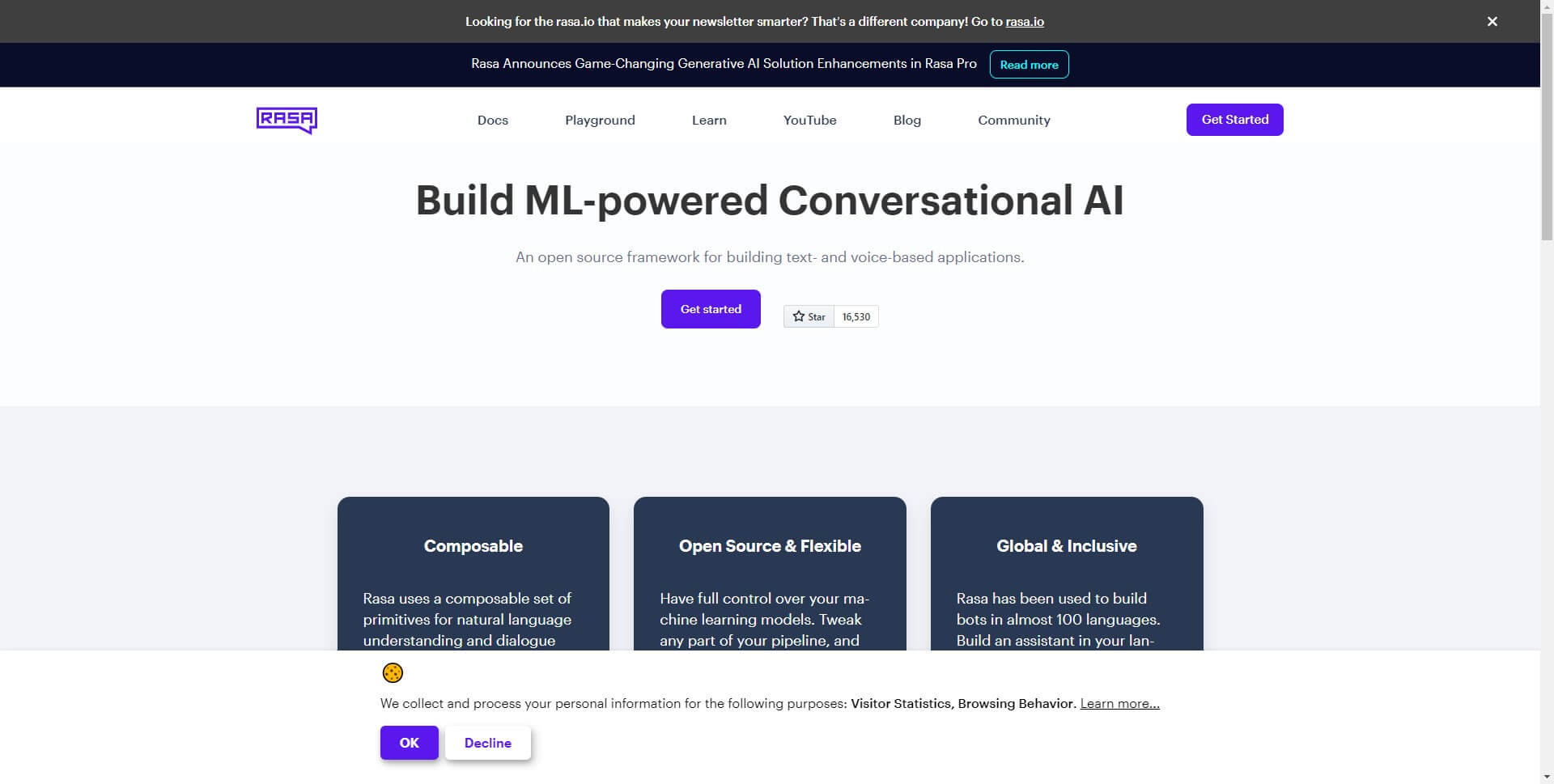
Rasa is an open source framework for building open source conversational AI chatbots. It offers both the infrastructure and tools developers need to create custom chatbots and voice assistants.
Some of the key features of Rasa include:
- End-to-end chatbot framework: Rasa handles all parts of bot development from training NLP models to managing dialogues and integrations.
- NLU and Core: Rasa NLU is used for natural language understanding while Rasa Core is used for dialogue management and chat context.
- Integrations: Rasa works with popular channels like Slack, Facebook Messenger, Mattermost, and more. It can also integrate with Alexa, Google Home, and other voice assistants.
- Training data portal: Rasa NLU and Rasa Core require training data to learn from examples. Rasa offers a large data portal where developers can contribute and use datasets for different chatbot use cases.
- Community support: As an open source project, Rasa has a large helpful community of contributors, developers, and users who can aid with questions or issues.
- Self-hosted: You have the option to host Rasa X, the platform that helps manage, evaluate, and deploy your chatbots either on your own servers or on a cloud service provider.
4 Botpress
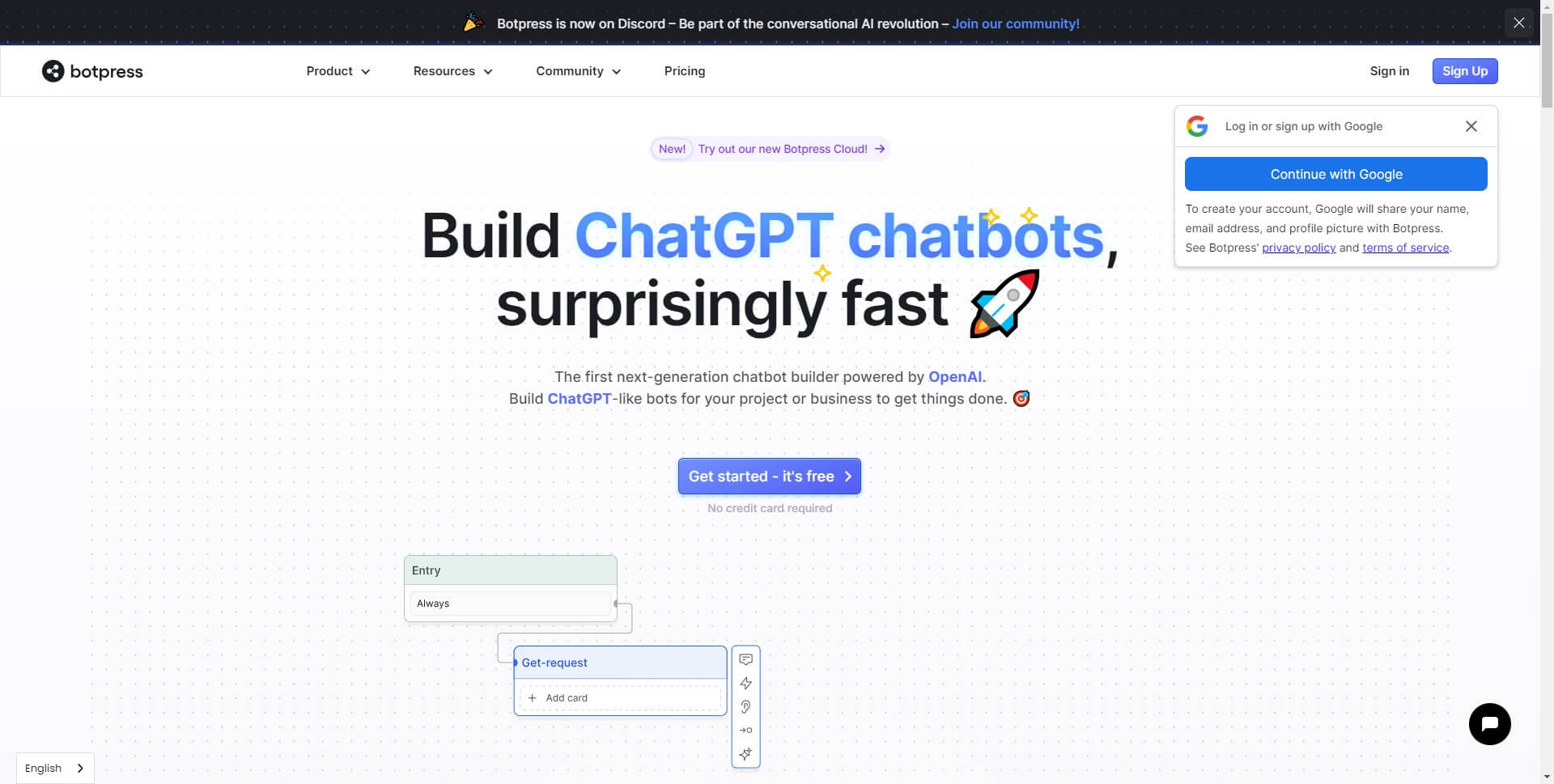
Botpress is an open source chatbot development framework suitable for both technical and non-technical teams. Some of its key features include:
- Drag and drop interface: Allows you to build chatbots without code through a graphical interface. You can create flows, add training data, build interfaces, handle conversations and more.
- Developer SDK: For developers, Botpress has software development kits in languages like TypeScript, Python, Go, and Ruby to build chatbots.
- Self-hosted: You can host Botpress on your own servers or in the cloud provider of your choice. Your data and bot stay within your own infrastructure.
- Customizable: Botpress can be integrated into your website, mobile app or other systems. You have full control over the appearance, colors, fonts and flows of the chatbots.
- Open source and free: The full Botpress platform is available for free under the AGPLv3 license. The codebase is publicly accessible on GitHub.
- Extensible: Botpress has an active development community creating various modules, plugins, and connectors that anyone can use to extend their chatbots functionality.
5 Dialogflow
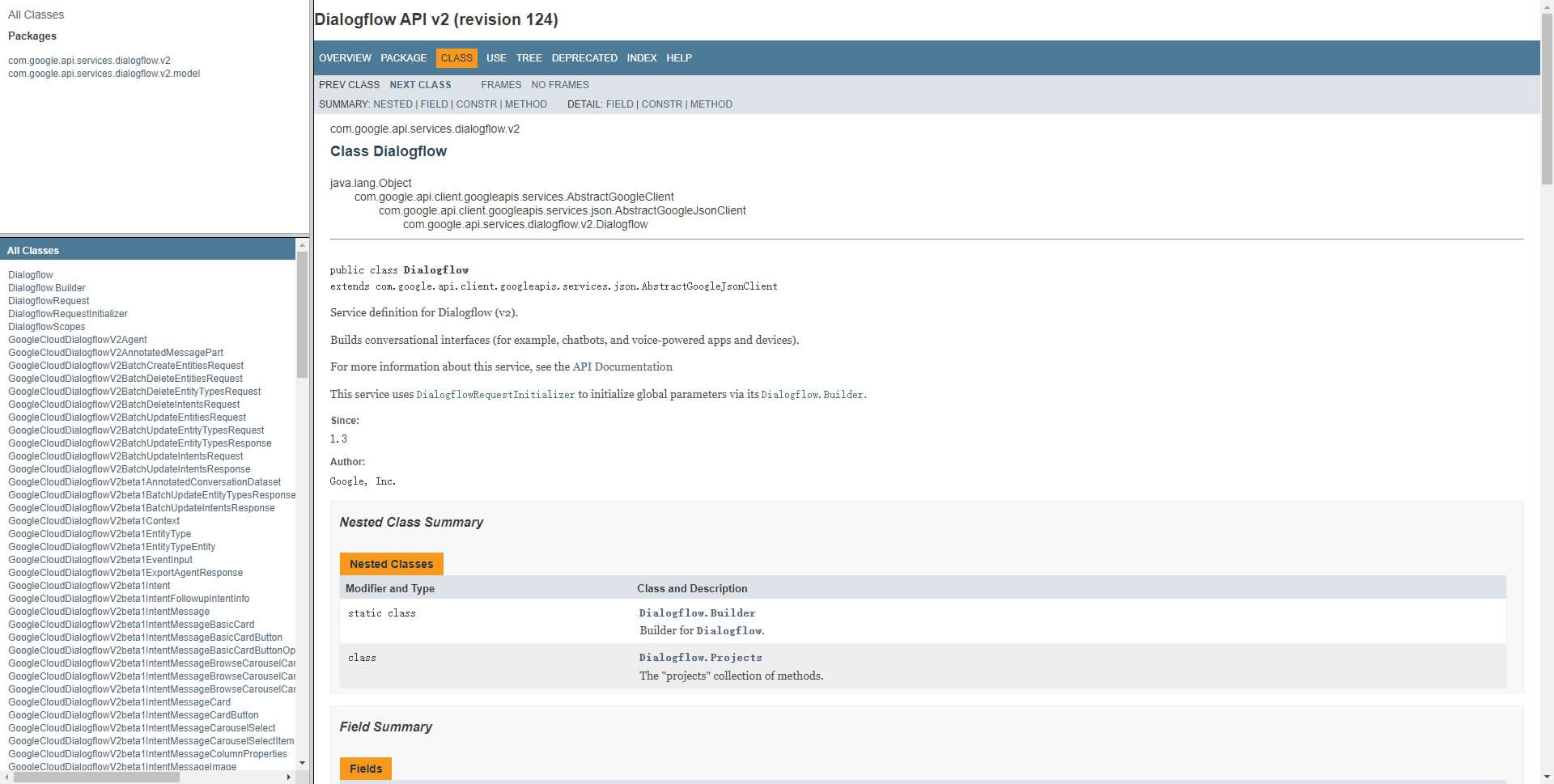
Dialogflow is Google's platform for designing and deploying conversational interfaces and chatbots. Some of its key capabilities include:
- Easy Design: The Dialogflow platform has a simple drag and drop tool for designing chatbot flows, routes, and responses without needing any code. You can set up a bot in a few hours.
- Machine learning: Dialogflow uses machine learning to continuously improve the NLP models that power the chatbots. Bots get smarter and better at understanding language over time.
- Broad integration: Dialogflow provides one-click integrations into popular channels like Messages, Messenger, Actions, Hangouts Chat, AI speaker platforms and more. You can deploy the same bot to any connected channel.
- Open source and paid: Dialogflow's platform and core features are open source and free to use. However, they offer advanced capabilities on a paid Dialogflow Enterprise plan including unlimited bot queries, tighter integration, and support.
- Versatile: Dialogflow is a flexible tool for developing many types of bots such as service desk bots, chatbots, virtual agents, etc. It's used by many enterprises to handle their large scale chatbot needs.
6 Watson Assistant by IBM
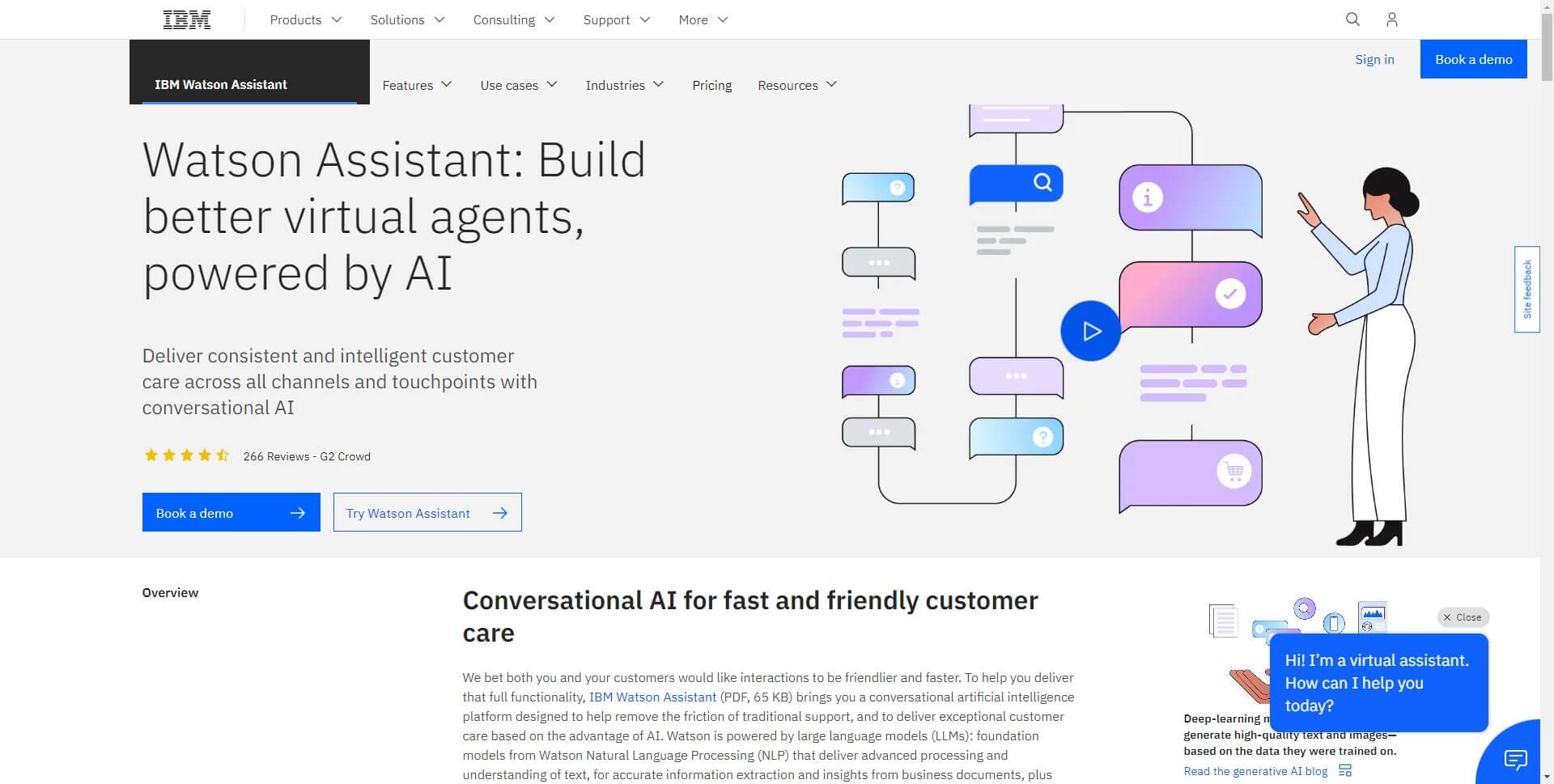
Watson Assistant is IBM's AI chatbot powered by deep learning and natural language processing capabilities. Some of its key features include:
- Flexible deployment: Watson Assistant can be deployed in multiple ways - as a standalone chatbot, for embedded voice or text interfaces, or integrated into other applications. You can also host it on IBM Cloud or on your private cloud environment.
- Natural language understanding: Watson Assistant uses machine learning models that are trained on billions of data points to understand what people are saying or typing accurately. It continues learning over time as it interacts with more people.
- Conversation design: Watson provides an intuitive UI to design complex dialog flows for your chatbots or virtual agents. You can set conditions, prompts, responses, escalations, feedback loops and more without needing to code.
- Open source and commercially licensed: IBM offers options for companies to use Watson capabilities in the way that suits them best.
- Broad integrations: Watson easily integrates with platforms like Slack, Facebook Messenger, Twilio and more. You can also deploy the same bot on SMS, voice assistants, and mobile apps.
- Use case versatility: Watson Assistant is used by businesses across many industries and for various use cases like customer service bots, virtual agents, call center bots, voice bots, and more.
7 GPT-3 Open Source Chatbot
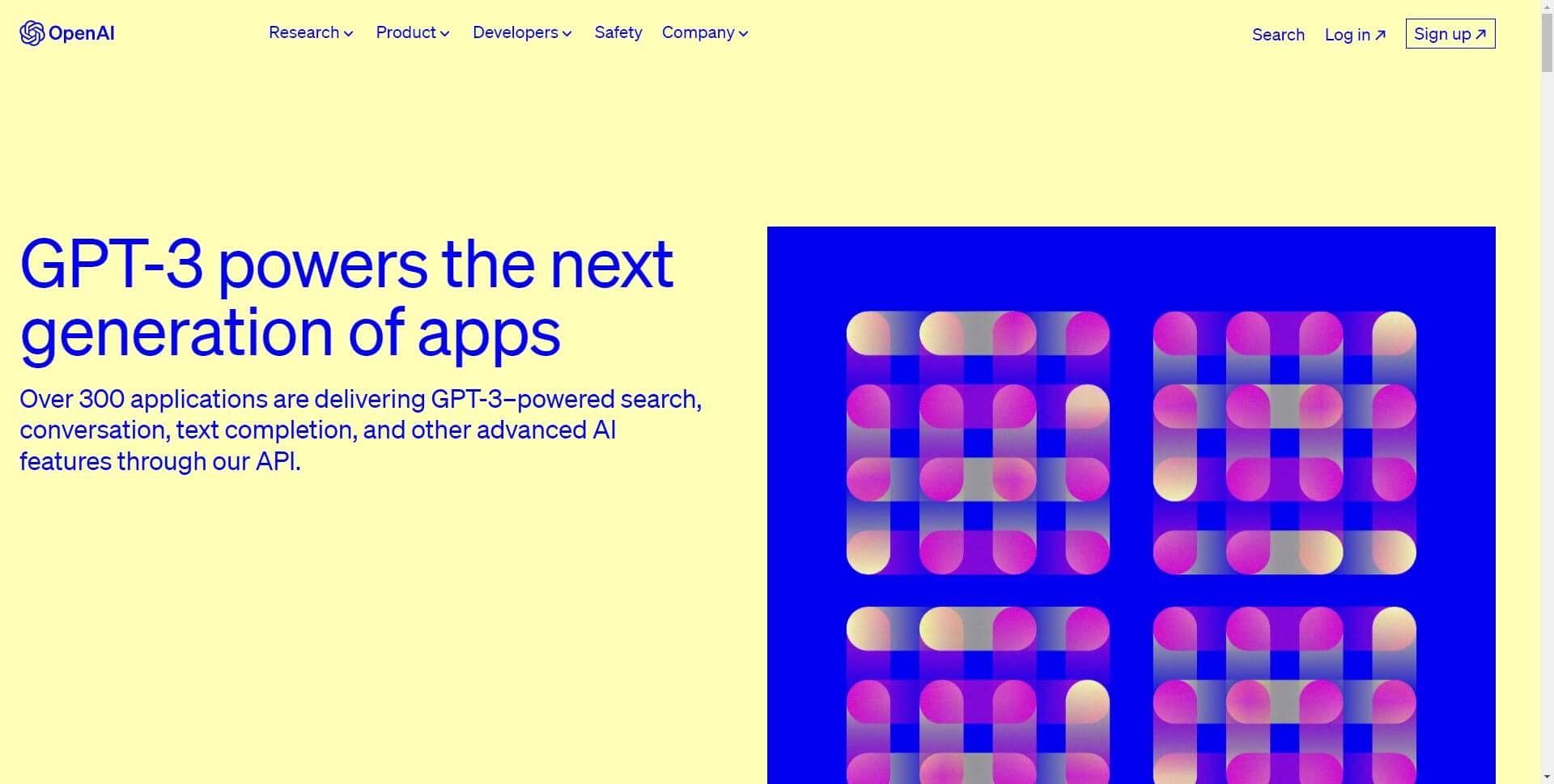
GPT-3 is OpenAI's autoregressive language model with 175 billion parameters that can used to developopen source conversational AI. It uses deep learning to generate natural language that imitates human language and flows.
Some of GPT-3's capabilities that enable open source chatbots include:- Natural language generation: GPT-3 can generate coherent paragraphs of text, dialogue responses, conversational language, news stories and more based on prompts. This allows chatbots to respond with flexible responses.
- Few-shot learning: GPT-3 requires only a few examples to learn a new task or concept, making it easy to adapt the language model to different chatbot uses cases or domains with little data.
- Continually improving: As OpenAI released subsequent models like GPT-3 Medium and eventually GPT-3 Large, GPT-3 has become more adept at generating fluent, accurate human language responses based on few inputs or examples. Future models will only improve.
- Open-source licensing: While OpenAI does not provide direct access to their GPT-3 models, some capabilities and code is provided as open-source to the community under certain licensing. Parts of GPT-3 have already been used to build open-source chatbots and virtual agents.
- Customization: OpenAI allows some access to fine-tune GPT-3 models on your own data which can customize the language model for a specific chatbot domain or use case.
ChatGPT Rewriter: The Best Way to Rewrite Content
8 Transformers Open Source Chatbot
Transformers are neural network models that were developed by researchers at Google. They contain an encoder-decoder architecture optimized for machine learning on sequences of data such as natural language.
Some of the capabilities Transformers provide for open source chatbots include:
- State-of-the-art NLP: Models like BERT and GPT are considered the most advanced neural networks for natural language processing tasks today such as language understanding, text generation, and more. Chatbots can tap into their powerful NLP capabilities.
- Open-source availability: All Transformers models are available as open-source tools which enable best open source chatbot development. Key models include BERT, GPT-2, and T5.
- Pre-training: Transformer models are often pre-trained on large datasets then fine-tuned on tasks specific to a chatbot such as intent detection, named entity recognition or response generation.
- Many resources: There are tutorials, tools, datasets, and a large community producing resources for building open source chatbots using Transformer models.
- Flexibility: Transformer models can be adapted to many chatbot use cases. They provide a strong neural network foundation for core NLP components in any conversational AI system. Bots can then be customized for specific domains or purposes.
9 BERT Open Source Chatbot
BERT (Bidirectional Encoder Representations from Transformers) is a neural network model developed by Google AI researchers. It has become a go-to tool for many natural language processing tasks.
Some of BERT's capabilities for building open source chatbots include:
- State-of-the-art model: BERT set a new standard for many NLP tasks like question-answering, sentiment analysis, intent classification and spam detection. Open source chatbots can achieve superior performance on these tasks by utilizing BERT.
- Bi-directional: BERT uses bidirectional training to understand context from both directions in a body of text. This allows it to grasp nuanced meanings that depend on the full context of what's being said.
- Transfer learning: BERT is pre-trained on massive datasets, then fine-tuned for specific NLP tasks. This transfer learning approach means chatbots don't require huge amounts of task-specific data to get started.
- Constant refinement: Google continues improving BERT, releasing newer versions of the model that are more advanced than the last. The latest iteration is BERT 2.0.
- Flexibility: Although BERT was created to handle sentence-level language tasks, it has been adapted to suit many different NLP use cases that are relevant for chatbots such as intent classification, named entity recognition and response selection.
Part 3. FAQs about Open Source AI Chatbot
1 What chatbots are open source?
Some popular open source chatbots include Claude, Rasa, Dialogflow, Watson Assistant, GPT-3, BERT, and Transformers. These provide frameworks, models and tools to build various types of chatbots.
2 Where can I find open source chatbots on GitHub?
Some AI chatbot open source platforms on GitHub include:
- Rasa which provides the Rasa Core and Rasa NLU libraries for building chatbots
- Claude which offers Anthropic's helpful, harmless, and honest chatbot model
- Tensorflow Transformer and BERT which enable developers to create chatbots using these Google models
- ConvAI2 is a conversational AI dataset and bot on GitHub
- Chatito is a chatbot framework for developing dataset-centric conversational models
3 What are the best open source AI chatbots?
Some of the best open source AI chatbots are ChatArt, Anthropic Claude, Rasa, OpenAI GPT-3, Google BERT.
4 How Open Source Chatbots Work ?
Open source chatbots are built using freely available source code that can be modified and improved upon by developers. They often rely on natural language processing and machine learning algorithms to understand user input and generate relevant responses, with the algorithms and conversation logic coded by the open source community. The open source model allows chatbots to evolve quickly as more developers contribute code and enhance capabilities.
Conclusion
These are the 9 best open source AI chatbot of 2024 that we have mentioned. As we can see, among all the open source chatbots reviewed, ChatArt stands out as the one. It has three major functions, AI chat, AI content production and AI image generation. For anyone looking to explore artificial intelligence assistants, ChatArt is definitely an open source platform worth trying.
























 ChatArt Discord Server
ChatArt Discord Server